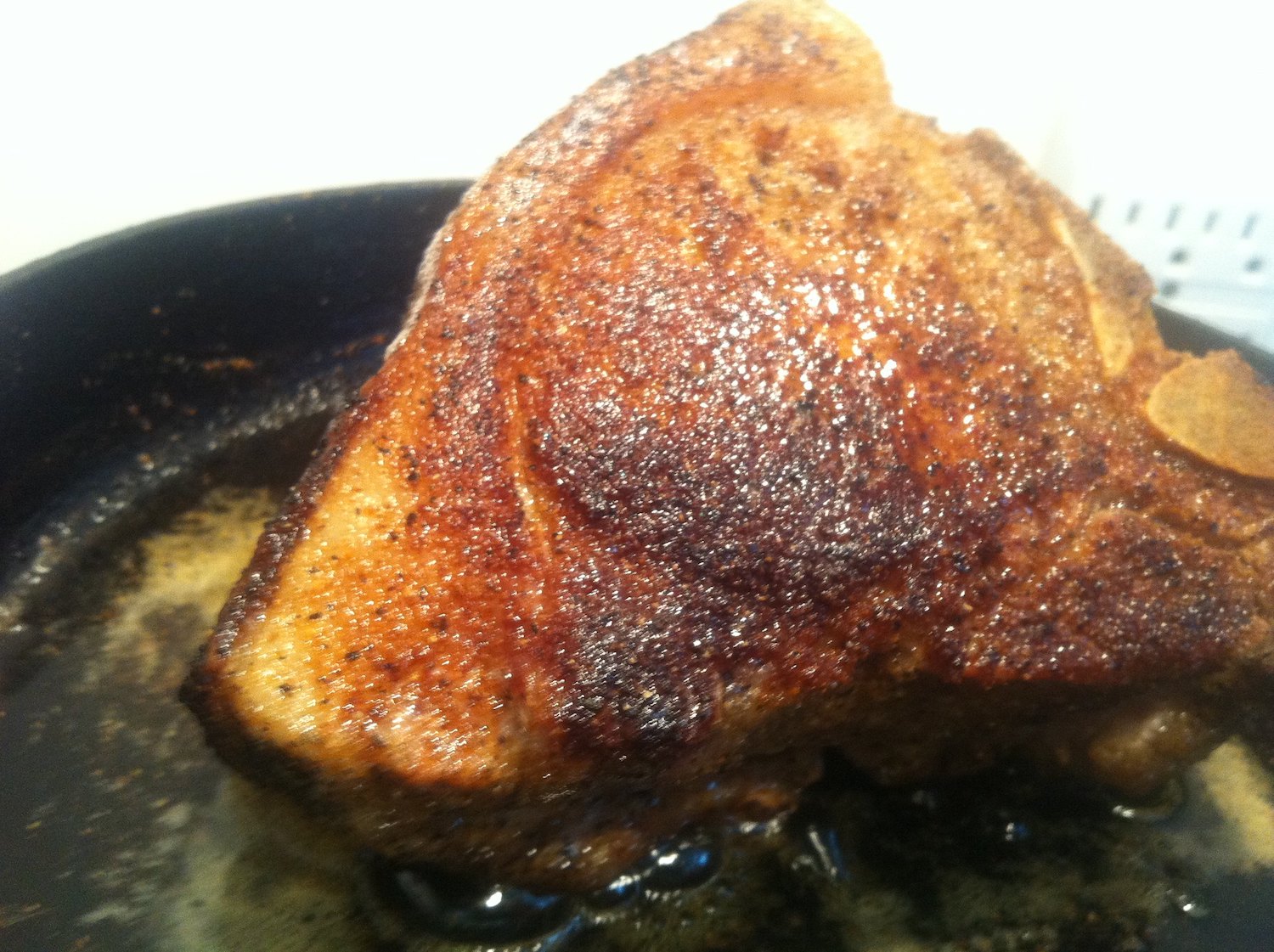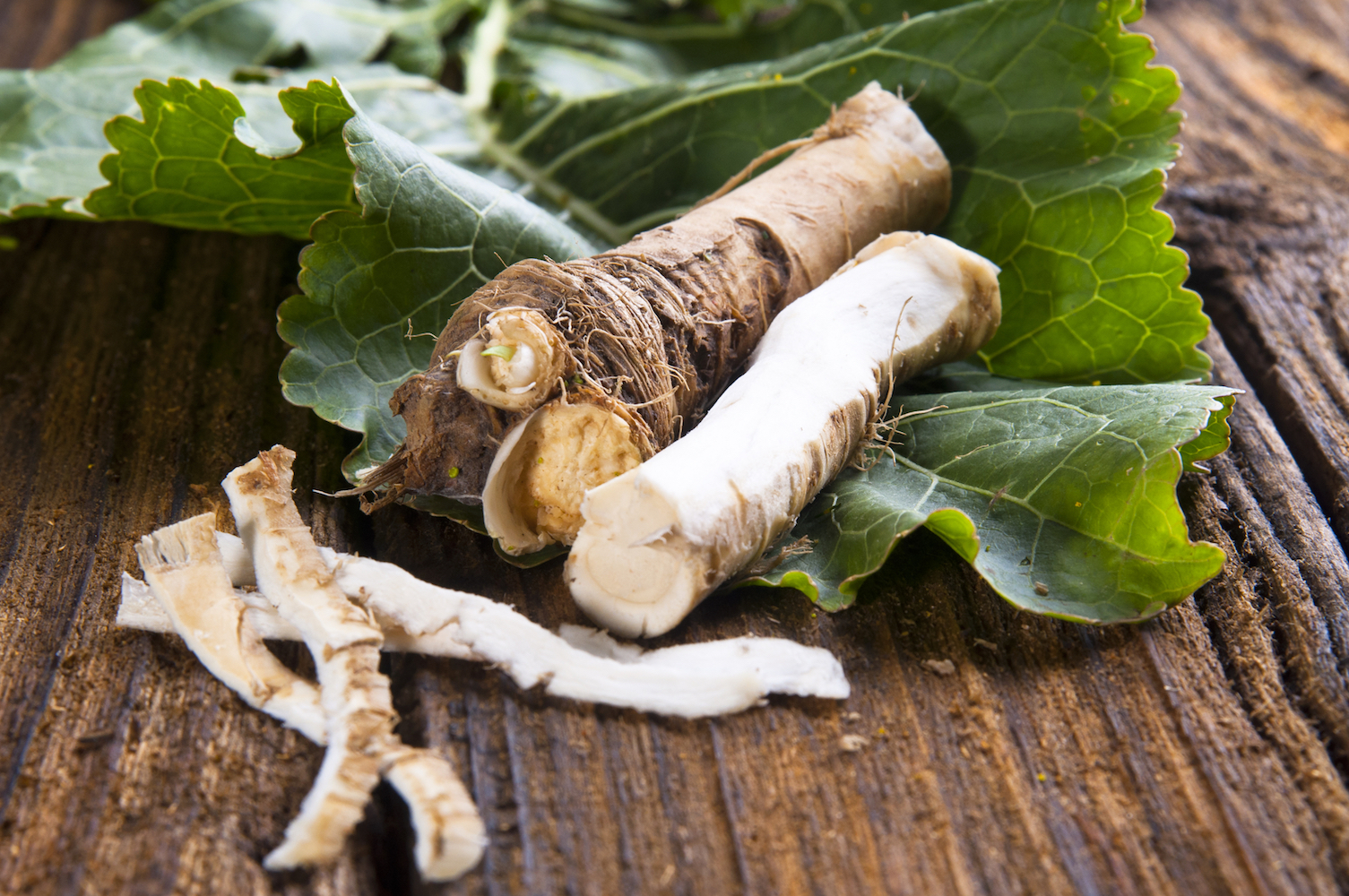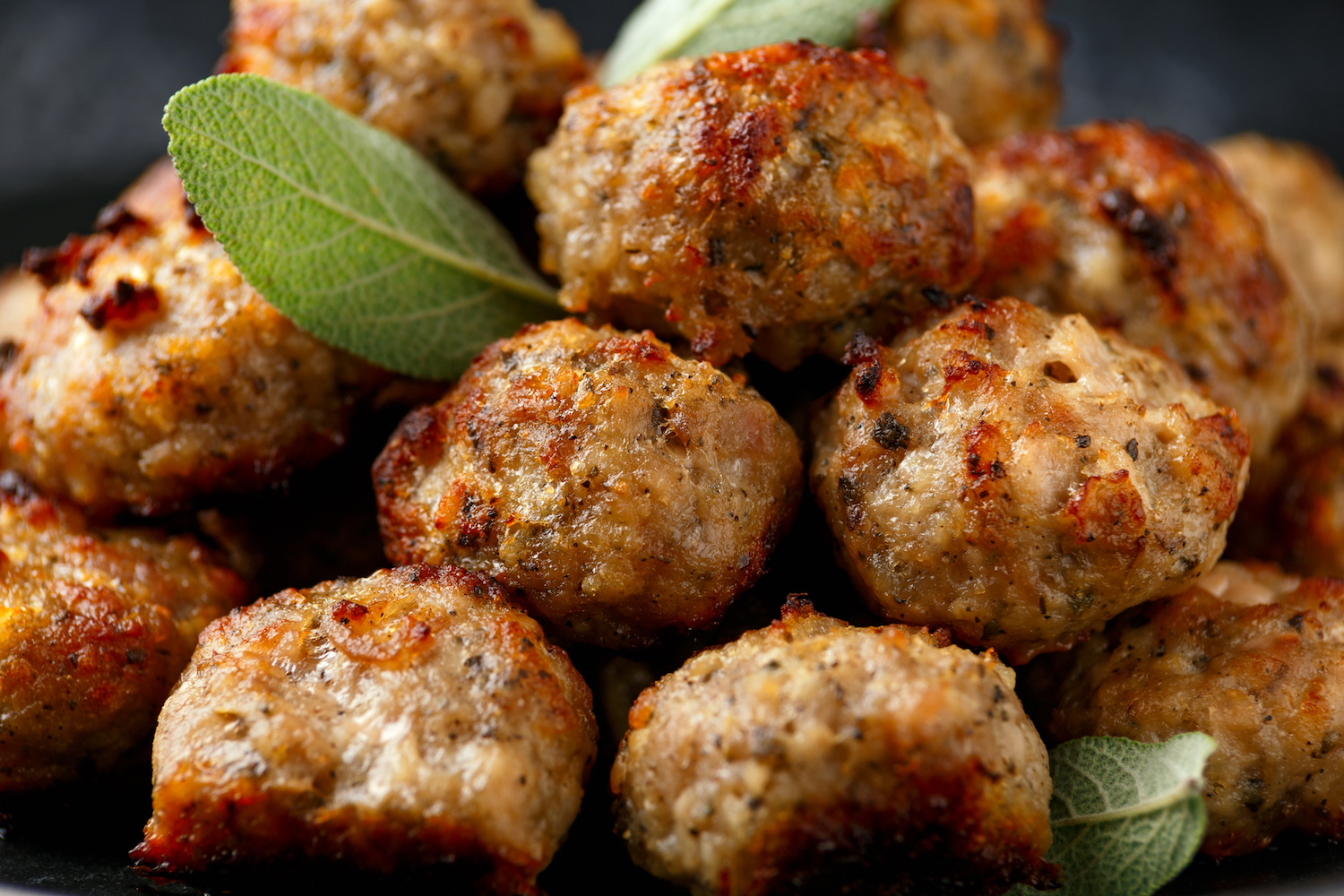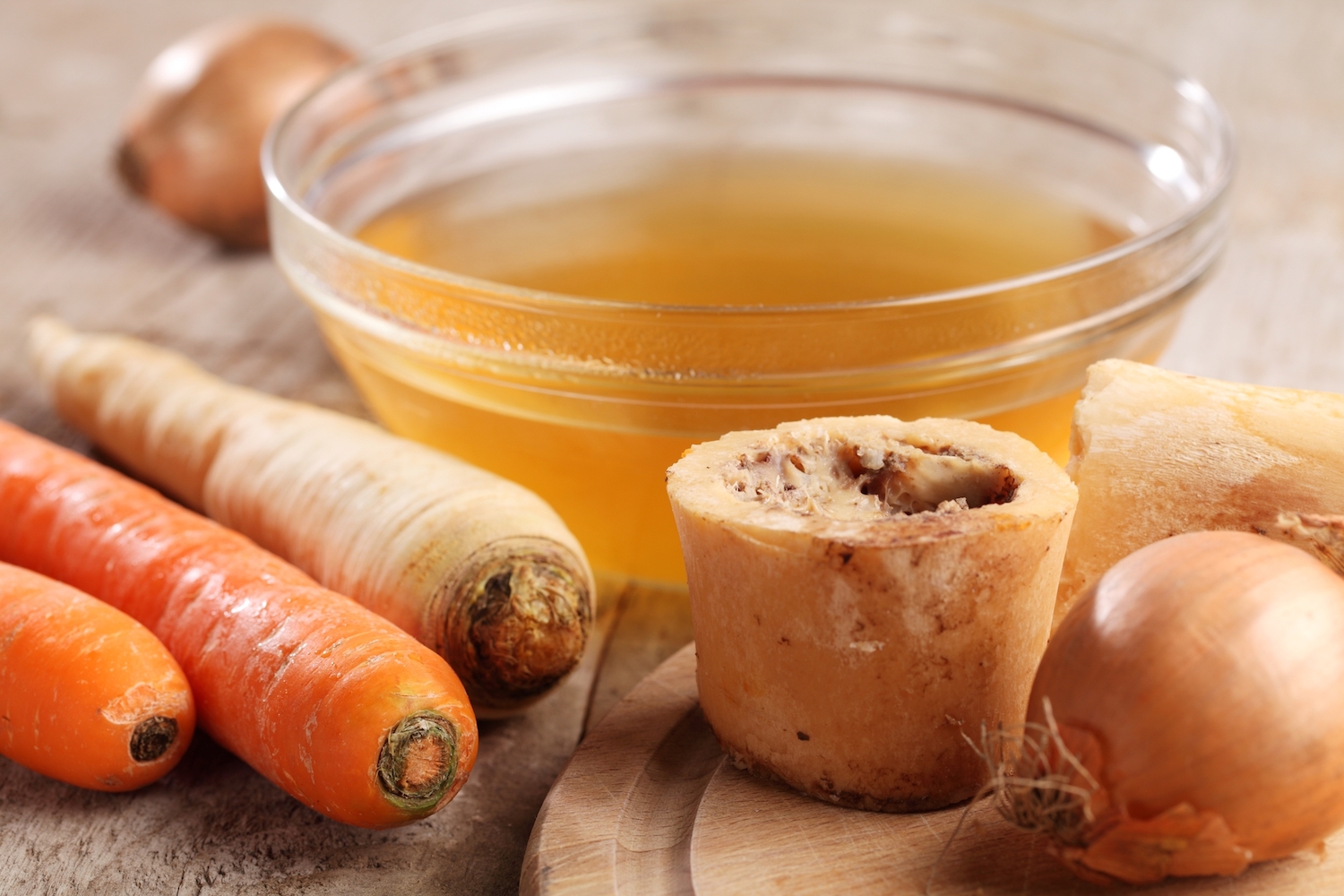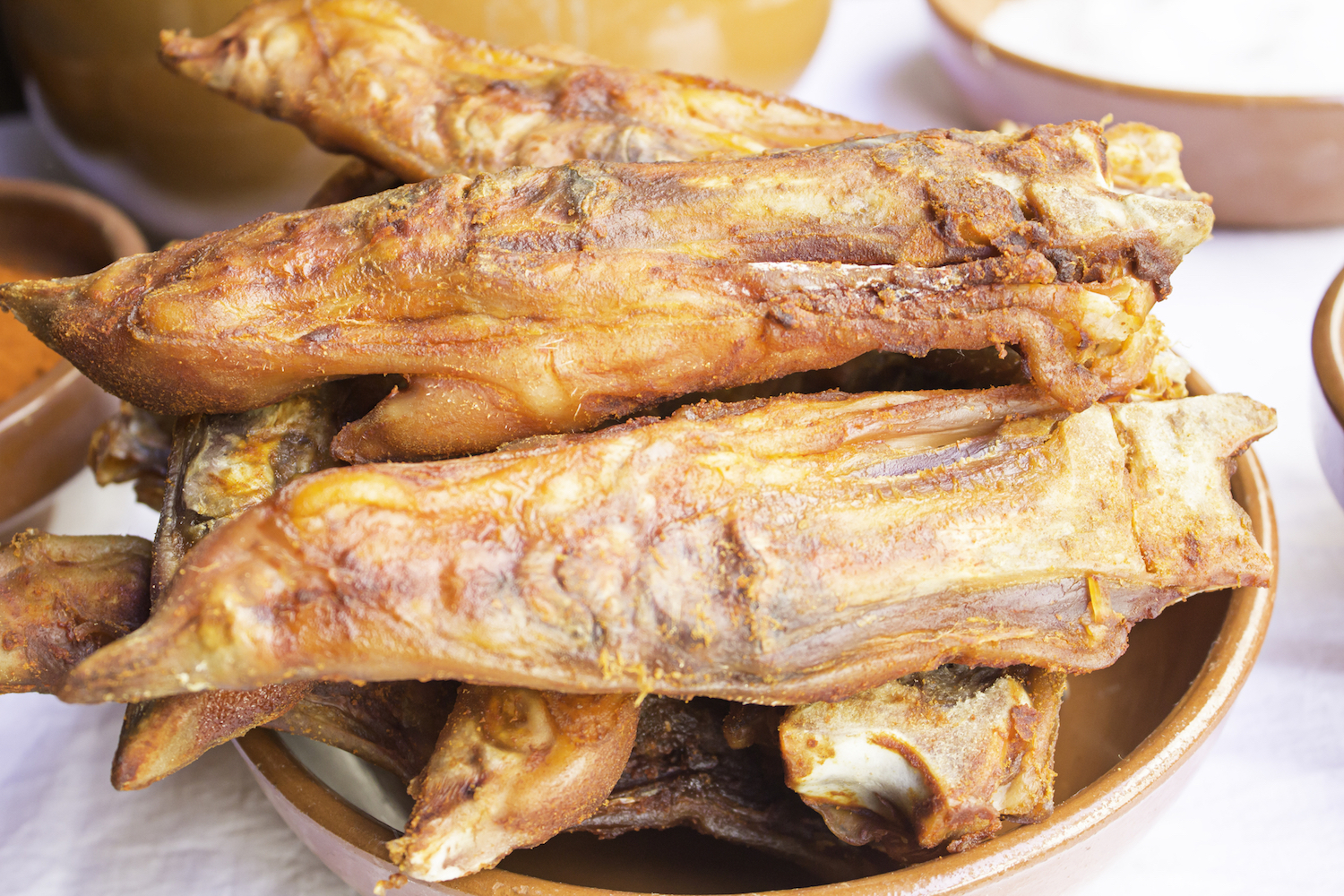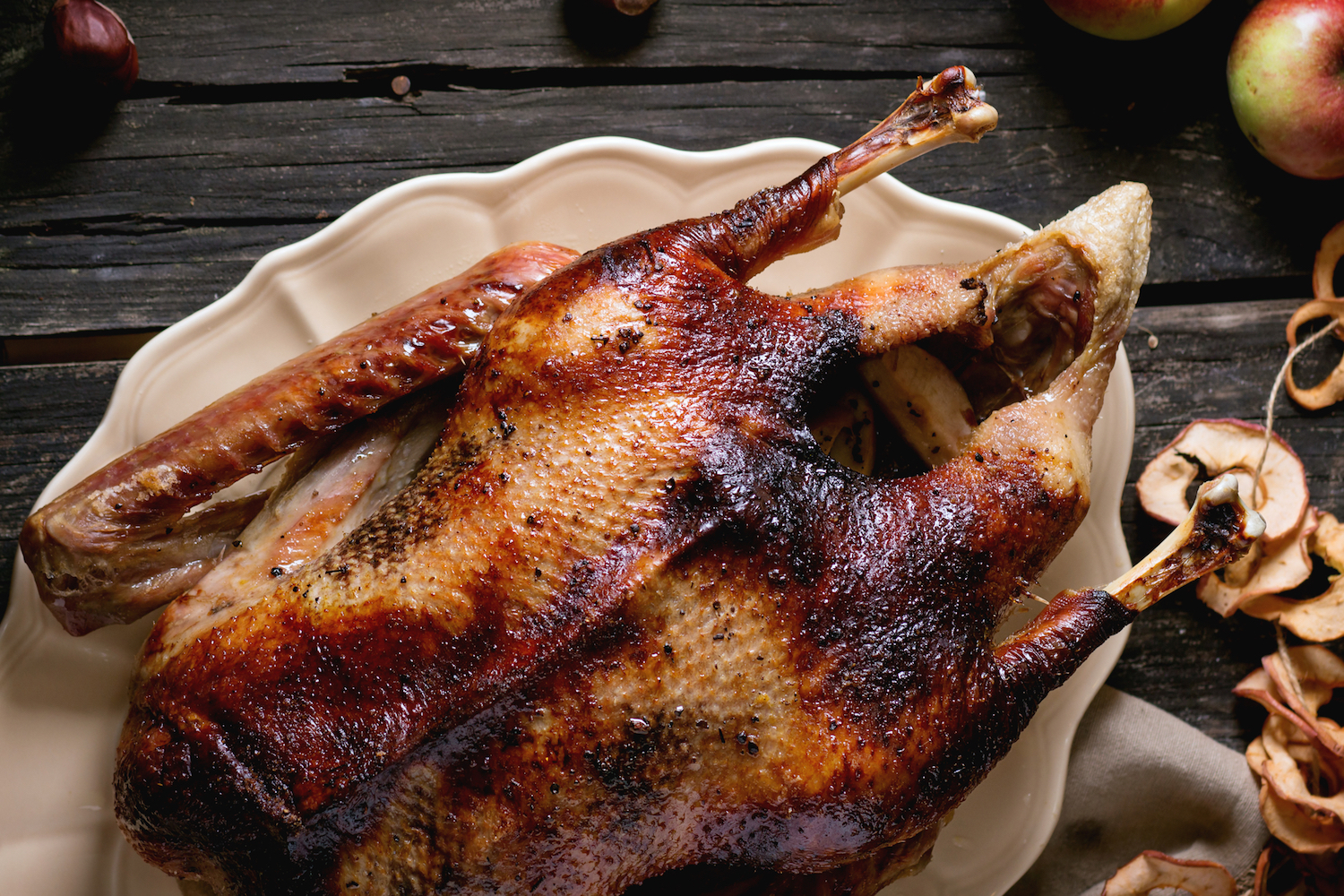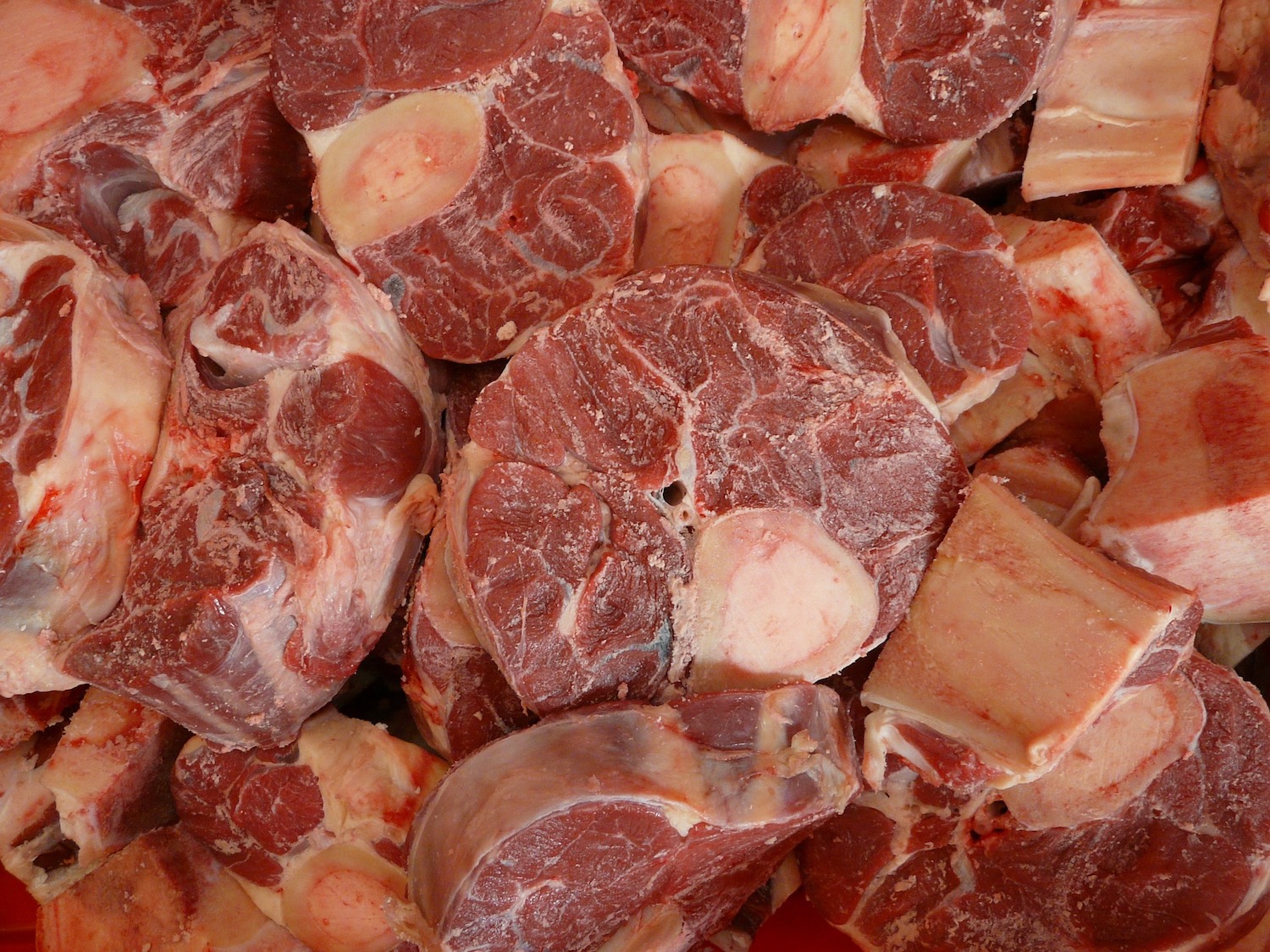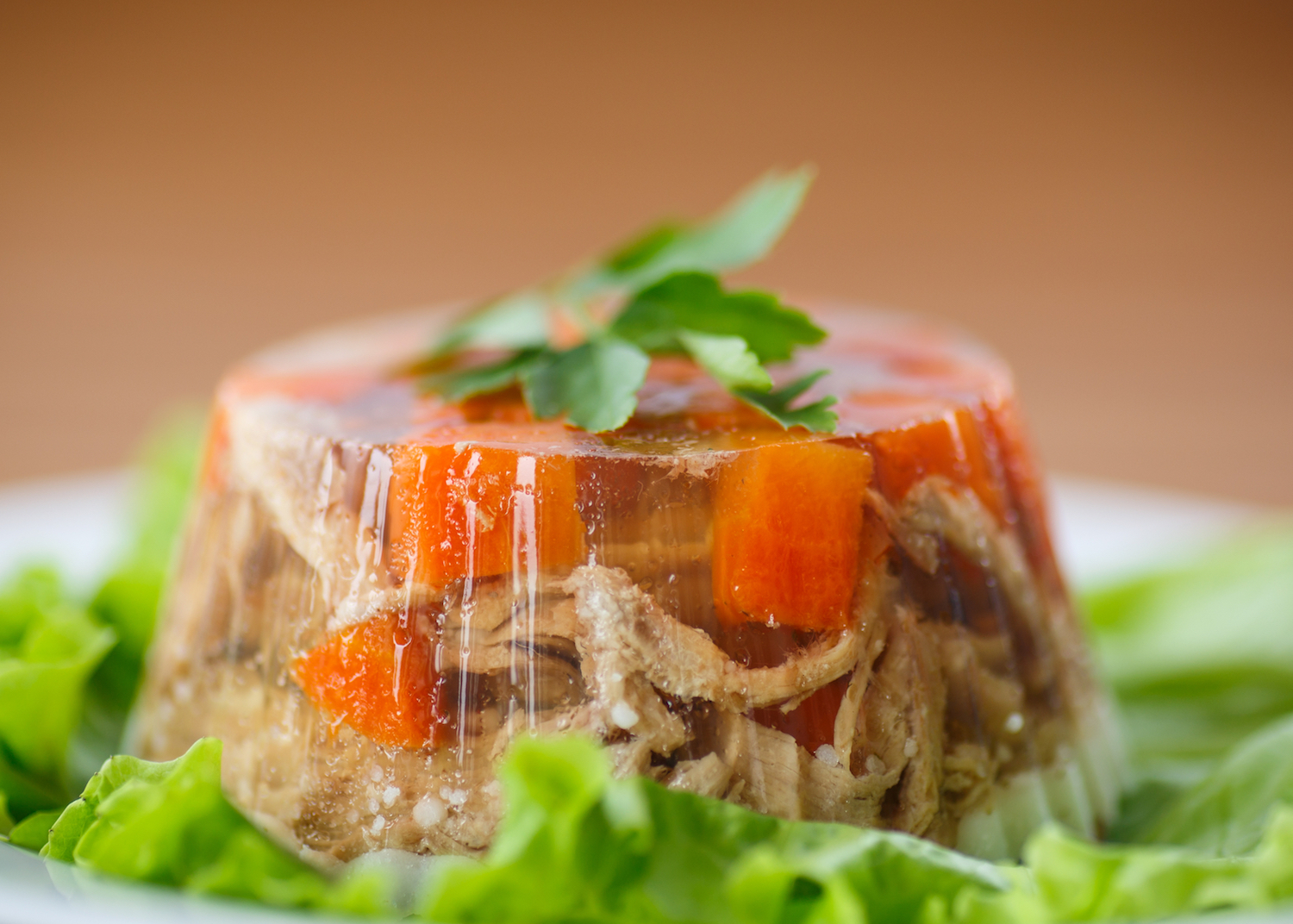Types of Fats Used for Frying
When I was a child, my mother made delicious fried potatoes and fried chicken in a large Cast Iron Skillet. She usually used bacon grease, but if she didn’t have enough, she used canned shortening. My mother never did use lard, but I knew people who did. INFORMATION BELOW FROM 1800s COOKBOOKS: SCRAPS OF FAT All scraps of fat—cooked or uncooked—as well as any drippings from beef, veal, pork, and chicken, should be saved and used in cooking. A careful…
